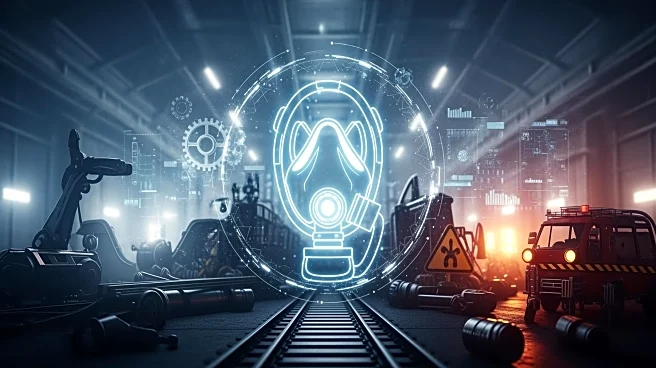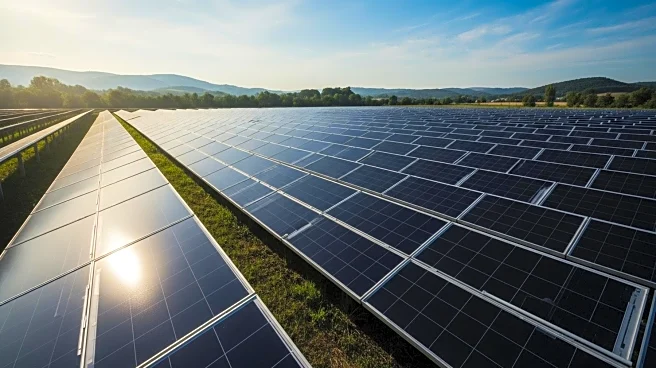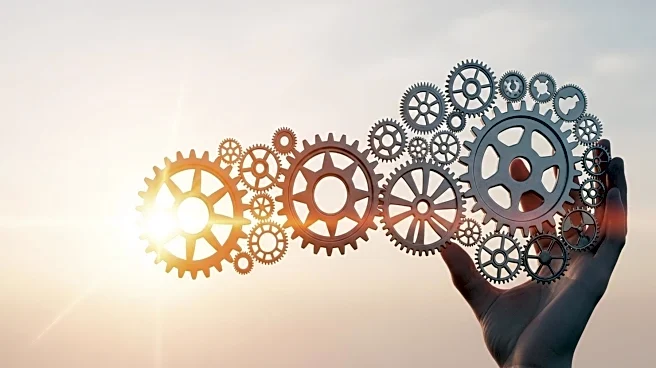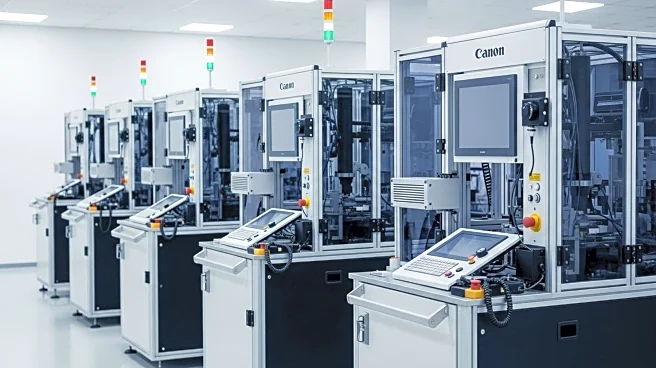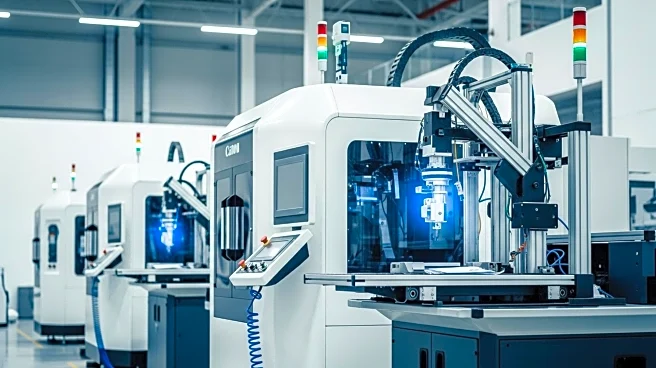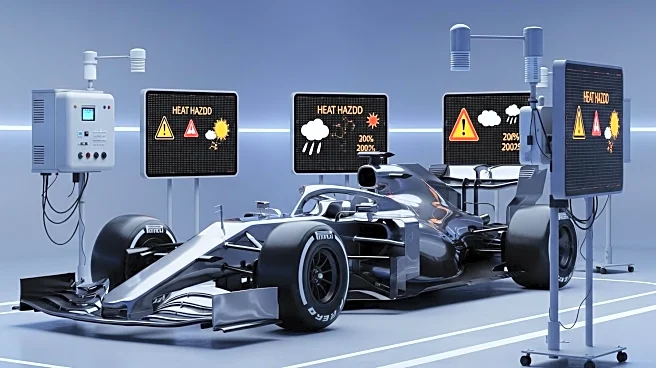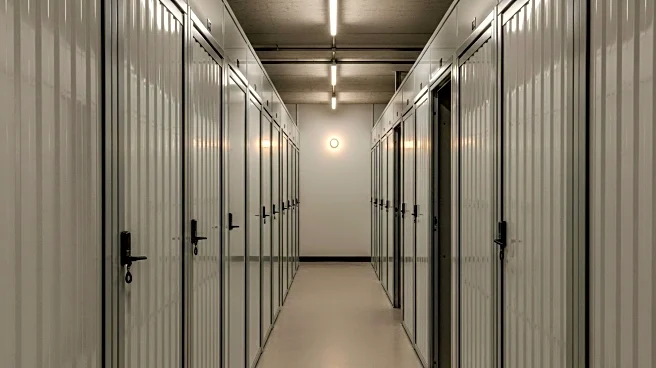What's Happening?
Chemical-oxygen (KO₂) self-contained self-rescuers (SCSRs) are increasingly replacing filter-type devices in high-risk industries such as mining, railway, and process industries. These devices purify air,
generate oxygen, and absorb carbon dioxide, providing breathable air in a closed circuit independently from the ambient environment, even when the surrounding atmosphere is toxic or oxygen-deficient. Historical accidents in the mining industry, such as the Kinross, Ermelo, and Middelburg fires in South Africa, and the Sago Mine explosion in the United States, highlighted the limitations of filter-type self-rescuers. These events led to regulatory changes requiring the use of self-contained self-rescuers. Similar shifts have occurred in the railway industry following chlorine gas disasters in Graniteville, South Carolina, and Macdona, Texas, prompting updates to emergency preparedness standards. The oil, gas, and chemical industries are also adopting KO₂-based self-rescuers as part of a risk-based safety strategy.
Why It's Important?
The transition to KO₂ self-rescuers represents a significant advancement in safety protocols across multiple industries. These devices offer protection in environments where traditional filter devices fail, particularly in oxygen-deficient or highly toxic conditions. By generating oxygen and absorbing carbon dioxide, KO₂ self-rescuers ensure worker safety during emergencies, reducing fatalities and injuries. This shift not only enhances individual safety but also aligns with regulatory requirements, promoting industry-wide adoption of more reliable safety equipment. The broader impact includes increased resilience and confidence in emergency preparedness, potentially reducing the economic and human costs associated with industrial accidents.
What's Next?
Industries are expected to continue adopting KO₂ self-rescuers, driven by regulatory mandates and the proven effectiveness of these devices in past emergencies. Companies may invest in training programs to ensure workers are familiar with the use of self-contained self-rescuers. Additionally, ongoing research and development could lead to further innovations in emergency breathing devices, enhancing their functionality and user comfort. Stakeholders, including regulatory bodies and industry leaders, will likely monitor the implementation of these devices to assess their impact on safety standards and make necessary adjustments to regulations.
Beyond the Headlines
The adoption of KO₂ self-rescuers reflects a broader shift in safety philosophy, emphasizing proactive risk management and preparedness. This change may influence other sectors to reevaluate their emergency protocols and invest in advanced safety technologies. The ethical dimension involves prioritizing worker safety and ensuring compliance with evolving safety standards. Long-term, this transition could lead to a cultural shift within industries, fostering a safety-first mindset that prioritizes human life over operational efficiency.
